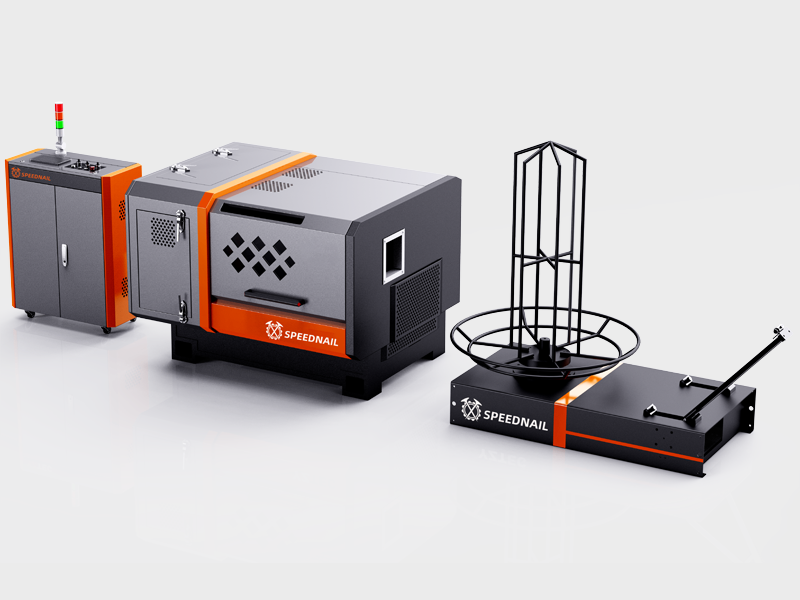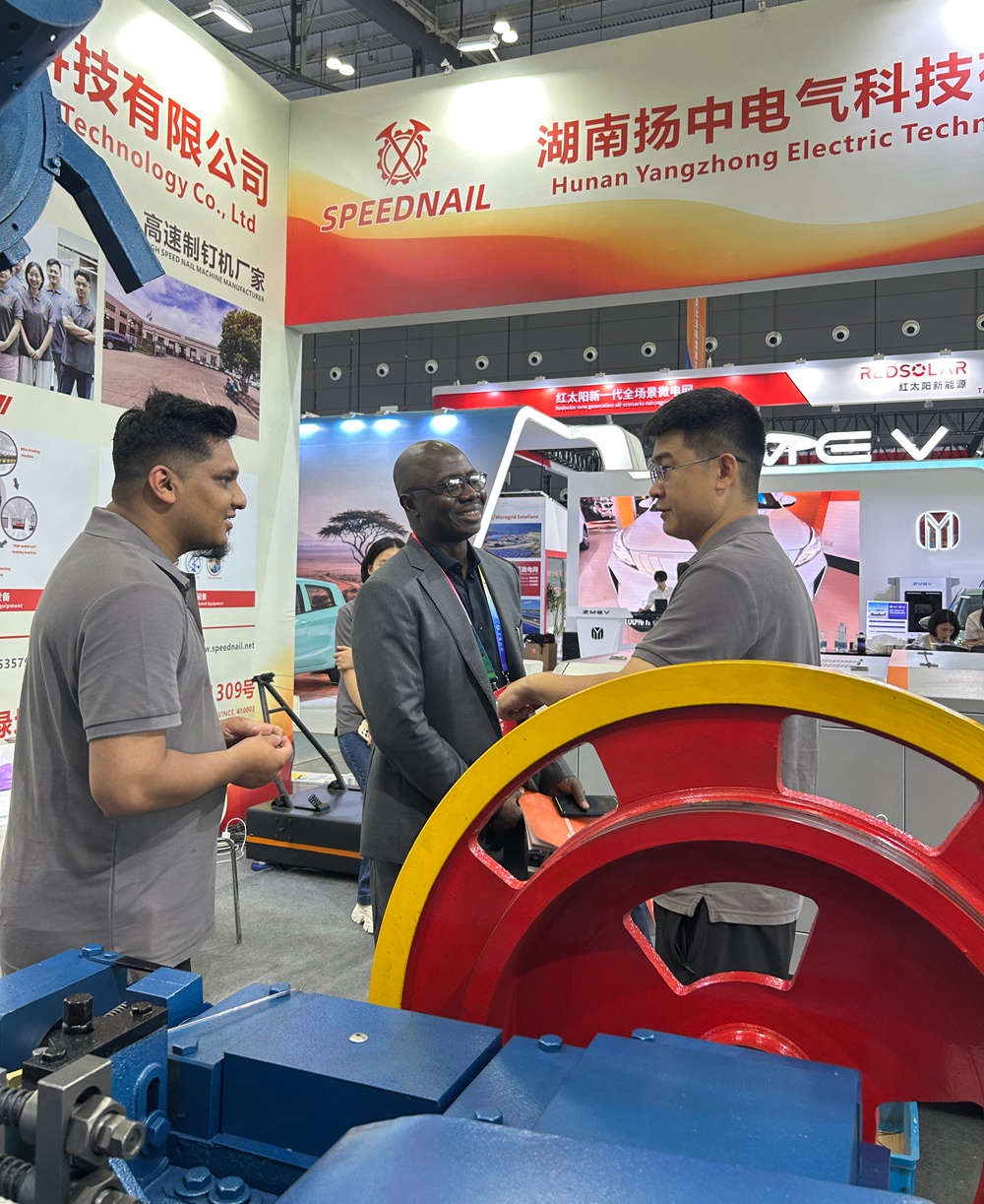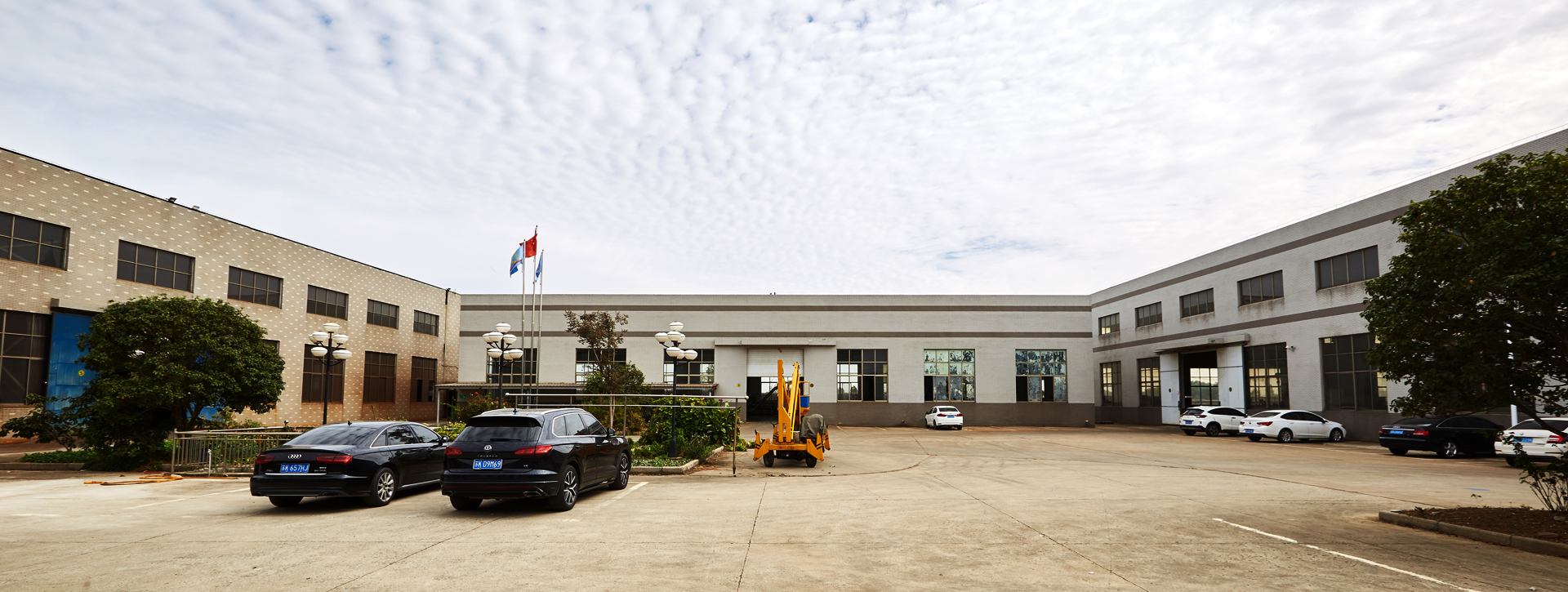In the bustling landscape of industrial manufacturing, efficiency and precision are paramount. At the heart of countless construction projects, furniture assembly, and packaging industries lies a fundamental component: the humble nail. Yet, producing these ubiquitous fasteners at the scale and speed demanded by global markets is anything but simple. Enter the high speed nail making machine – the unsung hero powering modern infrastructure, one perfectly formed nail at breakneck speed.

From Wire to Wonder: The High-Speed Process
A modern high speed nail making machine transforms coiled steel wire into finished nails through a mesmerizingly rapid, automated sequence:
Wire Feeding & Straightening: High-tensile steel wire, typically coiled, is fed into the machine. Precision rollers immediately straighten it, ensuring uniformity crucial for consistent nail quality.
Cutting to Length: A powerful cutter shears the straightened wire into precise blank lengths in fractions of a second. This determines the final nail's size.
Head Forming (Upsetting): One end of the blank is gripped firmly. A high-impact ram or punch strikes the opposite end with incredible force and speed, causing the metal to "upset" or mushroom outwards, forming the characteristic nail head. This happens hundreds of times per minute.
Pointing: Simultaneously or immediately after heading, the other end of the blank is rapidly shaped into a sharp point using specialized dies. Modern machines achieve remarkably consistent and sharp points.
Ejection: The finished nail is ejected onto a conveyor system or directly into packaging.
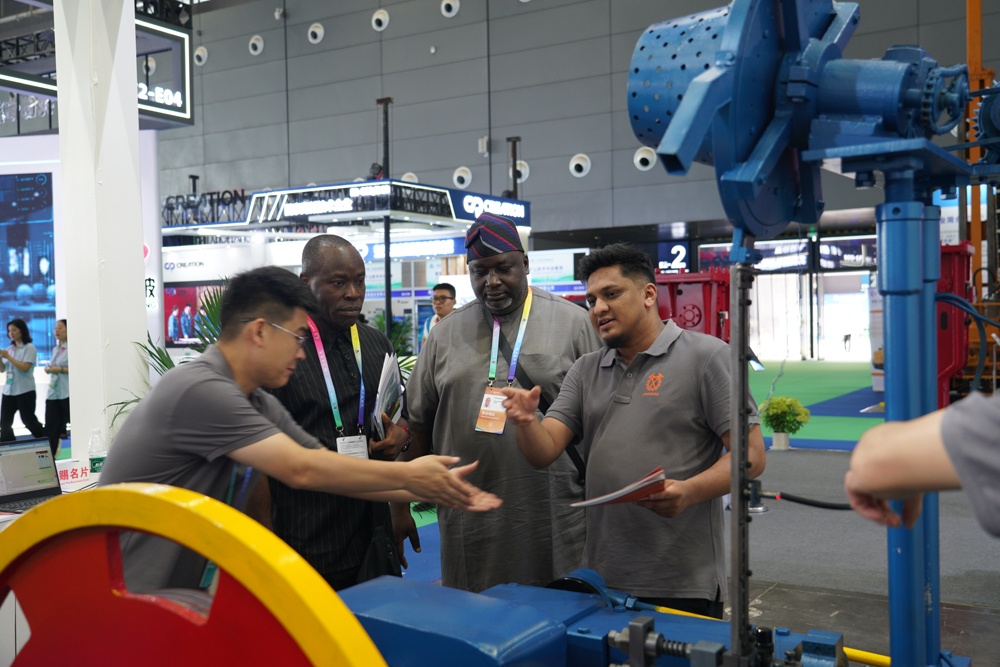
Why Speed & Automation Matter: The Core Advantages
The transition from older, slower machinery to high-speed automatic nail production brings transformative benefits:
Unmatched Productivity: This is the defining feature. Top-tier high-speed wire nail machinery can produce 200 to 600+ nails per minute, per machine . Imagine producing thousands of nails per hour consistently – a level of output impossible manually or with slower equipment. This meets massive construction and industrial demands.
Superior Consistency & Quality: Automation minimizes human error. Every nail cut, headed, and pointed within a high speed nail making machine is virtually identical in length, head shape, point sharpness, and shank diameter. This consistency is critical for reliable performance in applications and automated nail gun use.
Significant Cost Reduction: While the initial investment is substantial, the long-term savings are undeniable:
Labor Costs: One automated machine replaces numerous manual operators.
Material Waste: Precise cutting and forming minimize wire scrap.
Energy Efficiency: Modern machines are designed for optimal power usage per nail produced.
Lower Cost Per Unit: Massively increased output drastically reduces the cost per nail or cost per ton.
Enhanced Flexibility: Many modern high speed nail production machines feature quick-change tooling systems. Operators can switch between different nail sizes (length, gauge) and types (common nails, finish nails, framing nails, coil nails) relatively quickly, allowing smaller batch runs without sacrificing efficiency.
Improved Workplace Safety: Automating the high-impact forming processes reduces direct worker interaction with potentially hazardous moving parts, enhancing overall factory safety.
Scalability: Multiple machines can be integrated into production lines, easily scaling output to meet massive contract demands or seasonal fluctuations.

Key Features of Modern High-Speed Machines
Robust Construction: Heavy-duty frames and hardened steel components (dies, punches, cutters) withstand the immense forces and high cycle rates.
Precision Servo/CNC Controls: Advanced electronics govern speed, feeding, cutting length, and forming pressure with pinpoint accuracy, ensuring quality and allowing easy adjustments.
Automatic Lubrication: Continuous lubrication systems ensure smooth operation and minimize wear on critical moving parts, extending machine life.
Vibration Dampening: Essential for both machine longevity and operator comfort during prolonged high-speed operation.
Integrated Quality Checks (Advanced Models): Some machines incorporate sensors for real-time detection of malformed heads, missing points, or incorrect lengths, automatically rejecting defects.
Applications Driving Demand
The demand for nails produced by high speed nail manufacturing equipment is vast and growing:
Construction: Framing, roofing, siding, decking, concrete forming.
Pallet & Packaging: Assembling wooden pallets and crates.
Furniture Manufacturing: Joinery and upholstery.
DIY & Retail: Supplying hardware stores with bulk nails.
Specialized Industries: Producing nails for specific applications like flooring, fencing, or insulation.
Investing in Speed: Key Considerations
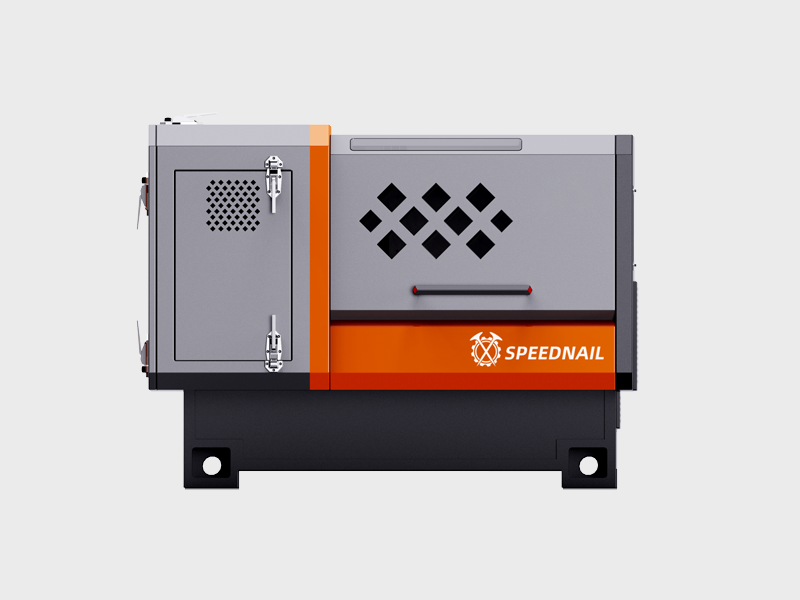
Choosing the right high speed nail making machine requires careful thought:
Required Output (Nails/Minute): Match machine capacity to your production goals.
Nail Specifications: Size range (length, diameter/shank gauge), head style (flat, checkered, D-head), point type (diamond, blunt).
Wire Compatibility: Gauge range and material type (e.g., low-carbon steel, hardened).
Automation Level: Degree of integration needed (auto-feeding, auto-packaging).
Reliability & Support: Manufacturer reputation, build quality, and availability of spare parts/service.
Total Cost of Ownership: Consider purchase price, energy consumption, maintenance costs, and expected lifespan.
The Future: Even Smarter, Faster, More Efficient
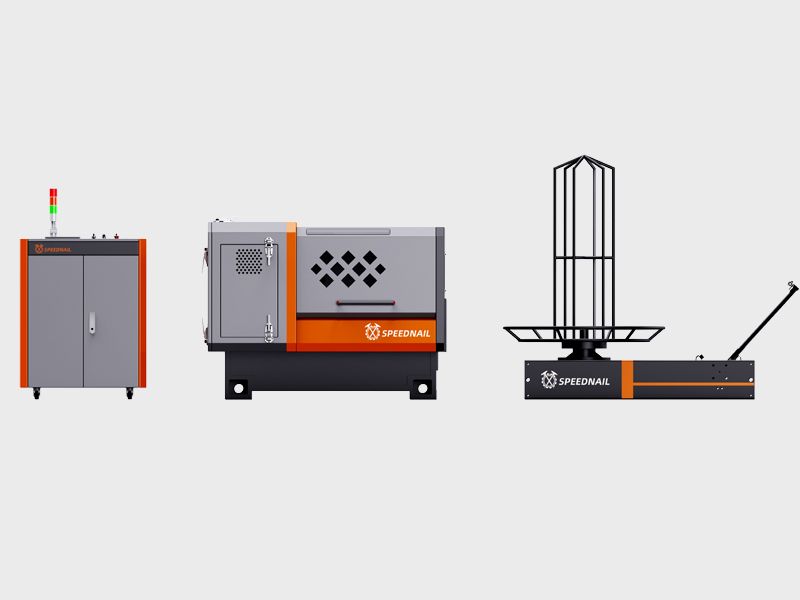
The evolution of the high speed nail making machine continues. Trends include:
Increased Integration with IoT: Real-time monitoring of production data, predictive maintenance alerts, and remote diagnostics.
Enhanced Energy Recovery Systems: Capturing energy from braking/deceleration phases.
Advanced Material Handling: Seamless integration with robotic wire loading and automated packaging systems.
AI-Powered Quality Control: Sophisticated vision systems for 100% defect detection.
Conclusion: The Engine of Progress

The high speed nail making machine is far more than just a piece of factory equipment; it's a cornerstone of modern industrial efficiency. By delivering unprecedented levels of speed, consistency, and cost-effectiveness, these machines make the vast quantities of affordable, reliable nails that hold our built world together possible. For manufacturers looking to compete globally, investing in this technology isn't just an option – it's a necessity. As the machines evolve, becoming smarter and even more productive, they will remain vital engines driving progress in manufacturing, construction, and beyond, proving that sometimes, the most revolutionary tools are those focused on perfecting the simplest things.
